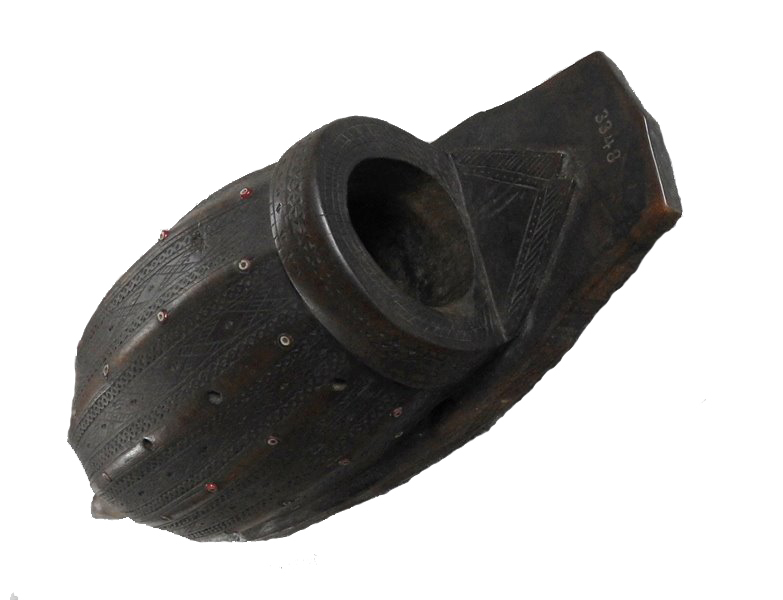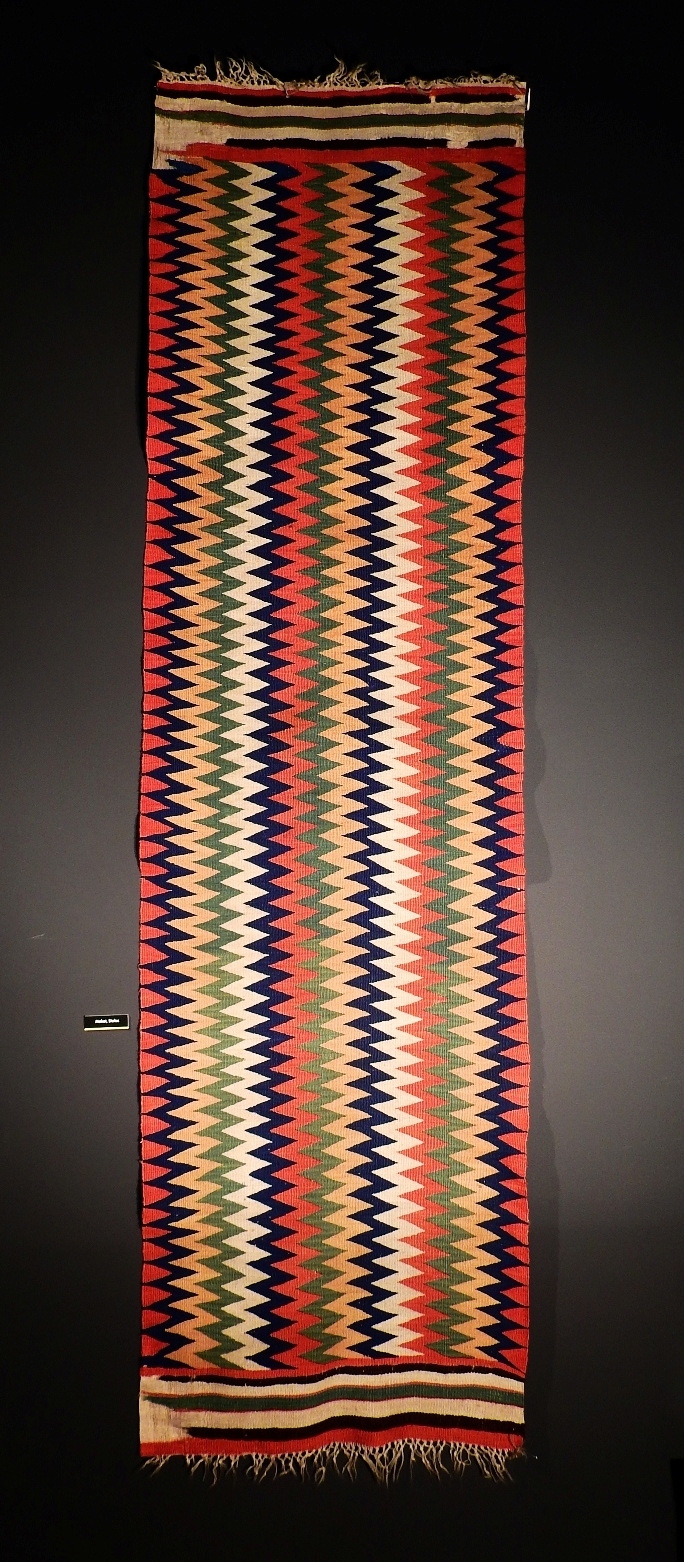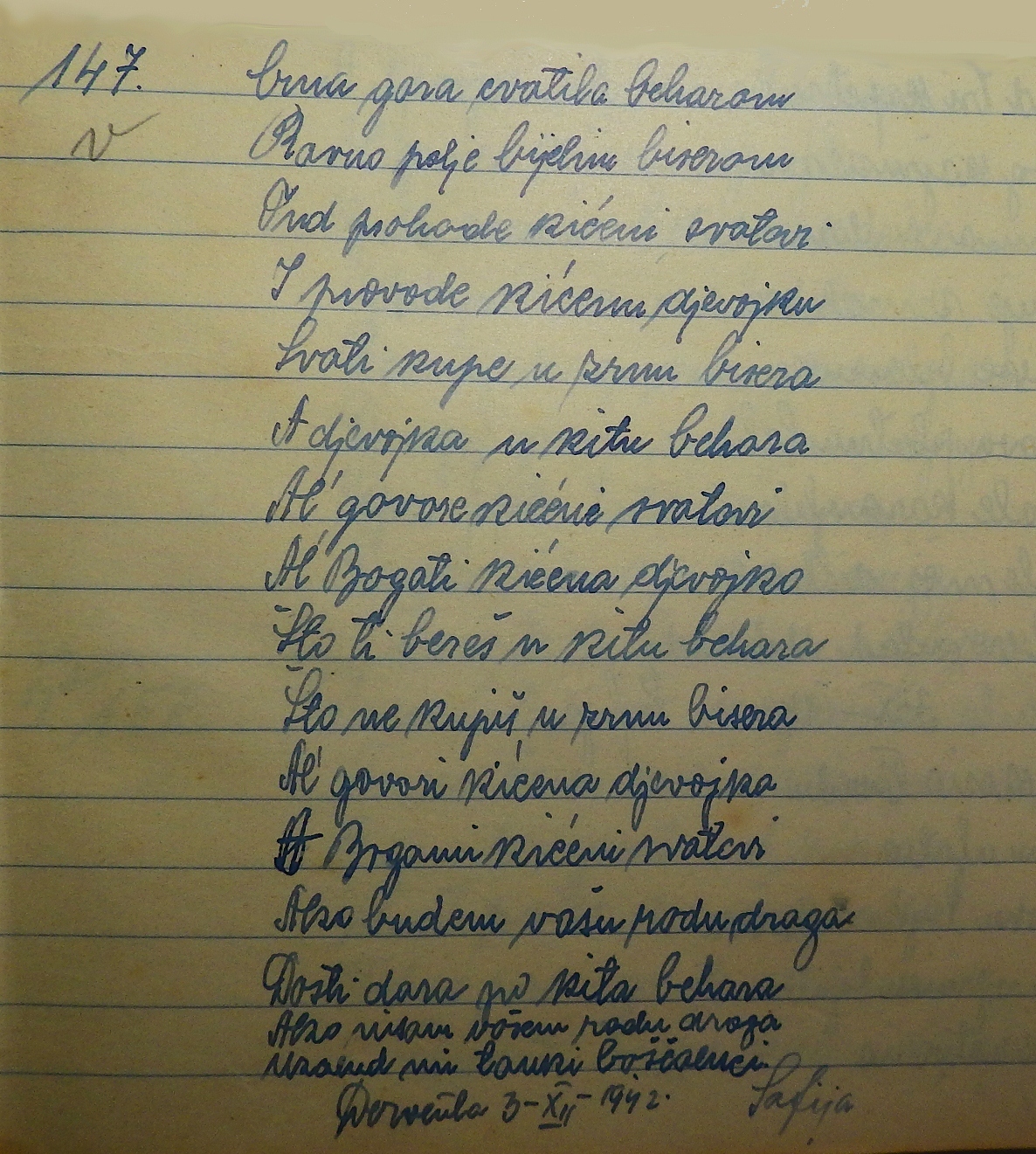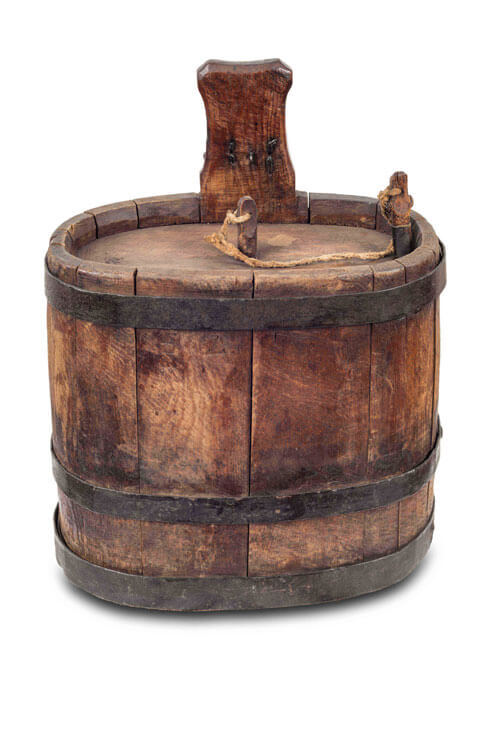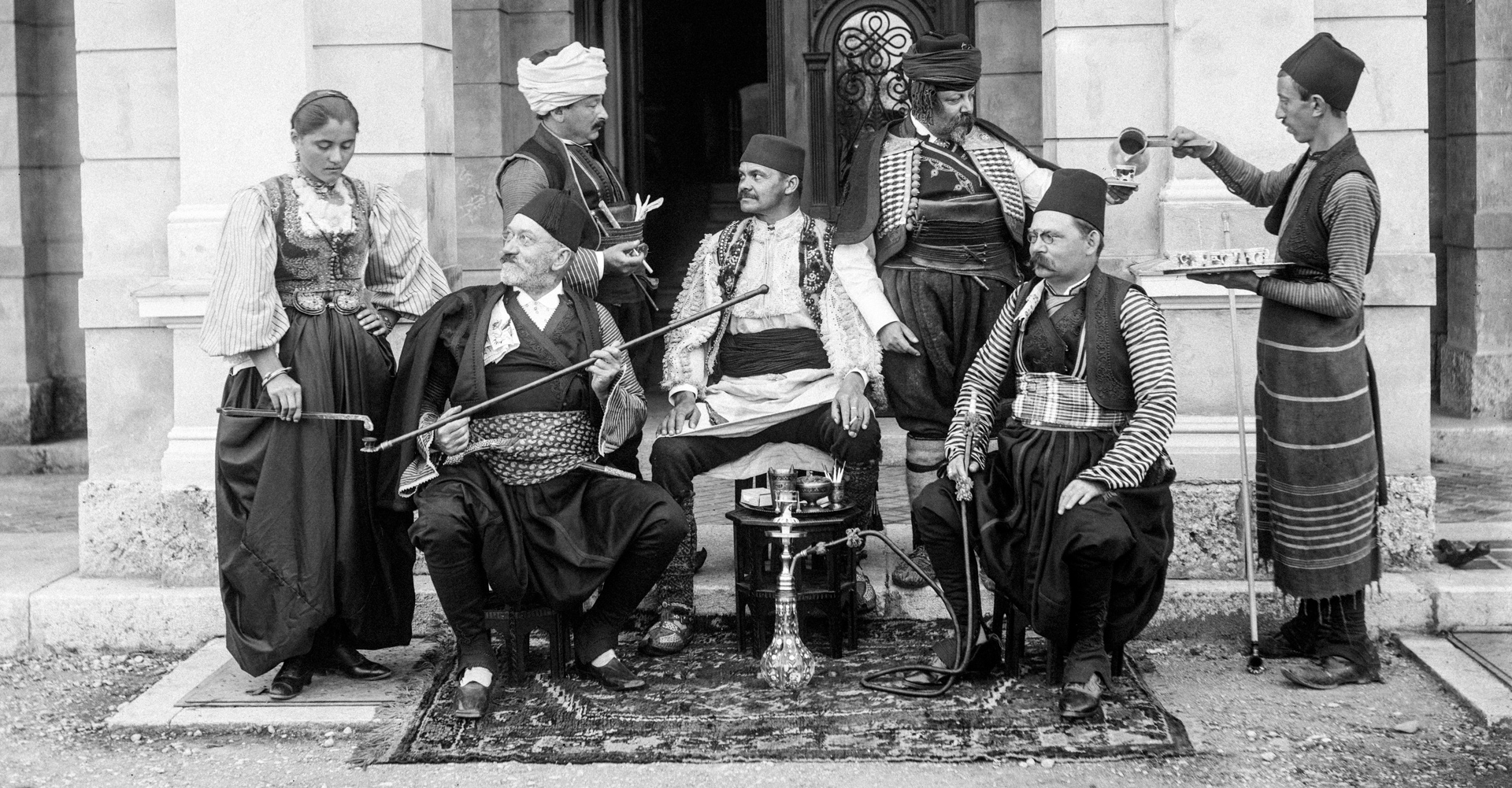
Ethnology Department
The Department of Ethnology collects, preserves, exhibits and studies all segments of the material, spiritual and social culture of the people of Bosnia and Herzegovina. It has a rich fund of museum material, which is stored and thematically classified into collections. It has one permanent exhibition, and offers several thematic exhibitions every year.
The collection of ethnological material began with the establishment of the National Museum of Bosnia and Herzegovina in 1888, when very valuable ethnological objects (e.g. sets of national costumes) were purchased. Immediately after its establishment, the Department of Ethnology was integrated with the Department of Archaeology but separated from it four years later. Since 1913, it has been housed in the building of the National Museum of Bosnia and Herzegovina, whose interior reflects the appearance of a traditional town house in Bosnia and Herzegovina.
etnologija@zemaljskimuzej.ba
